The zebris FDM system is fully equipped to analyze gait patterns of various individuals in order to quantify and diagnose abnormalities in gait cycles. Using high-quality plates with capacitive force sensors, the FDM system measures the weight distribution on each foot, making the appearance of gait compensations, overpronations and supinations easily discernible to the operator.
While the system itself is controlled by computer (via USB), the measurements of the FDM system are conveniently analyzed with the supplied WinFDM software, which can visually display the subject's walking patterns, as well as provide a detailed reading of the subject. gait cycle, as well as static and dynamic force distributions, all of which can be printed instantly.
A range of different platform sizes are available to allow for different measurement configurations.
For clinical applications
In a clinical setting, the FDM system can be used to easily identify a range of gait compensations, by analyzing dynamic force distribution readings from WinFDM software. Accompanied by the optional video module, the walk can also be played back to the operator and the patient concerned, in slow motion if necessary. This information can then be used to help form the basis of intervention strategies, which can then be used for patient rehabilitation. With this application in mind, the FDM system is also fully compatible with patients using walking aids.
For research applications
In a research context, the FDM system can be used to compare and contrast a range of gaits in order to analyze different experimental conditions compared to a control. Up to three measurements can be directly compared to each other using the WinFDM software. The measurement cycle can also be repeated up to four times to obtain the average of the results. The measurement sequences can be viewed using the “Viewer” of the supplied software, and the “Report” function creates instant printable feedback on the conditions tested.
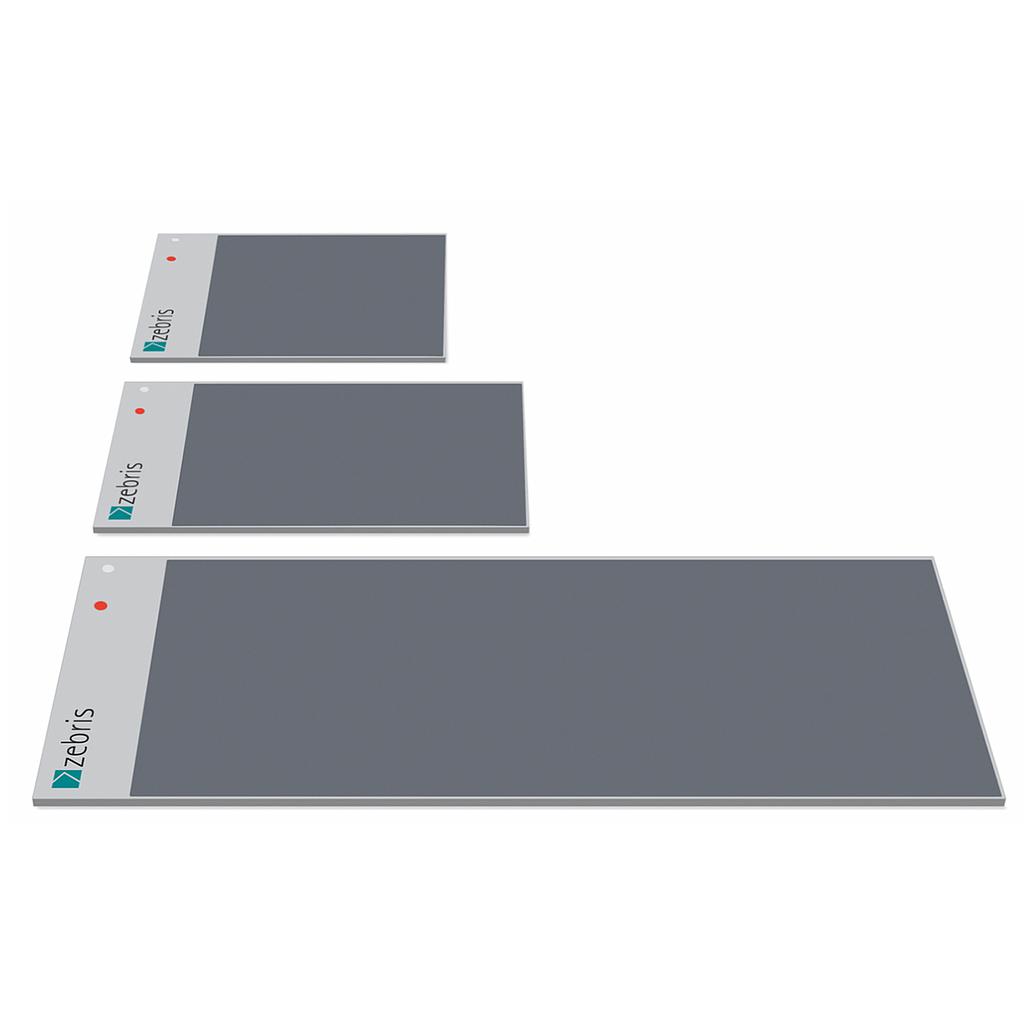

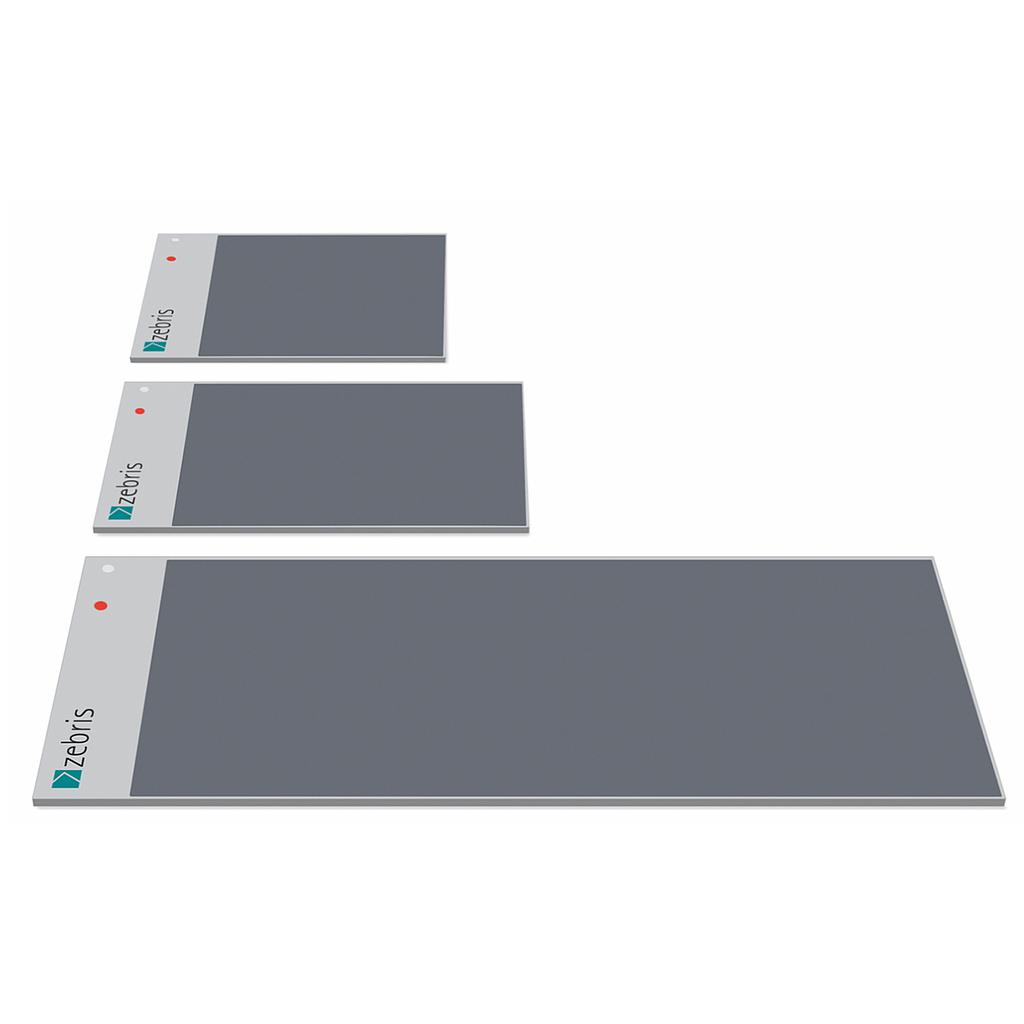
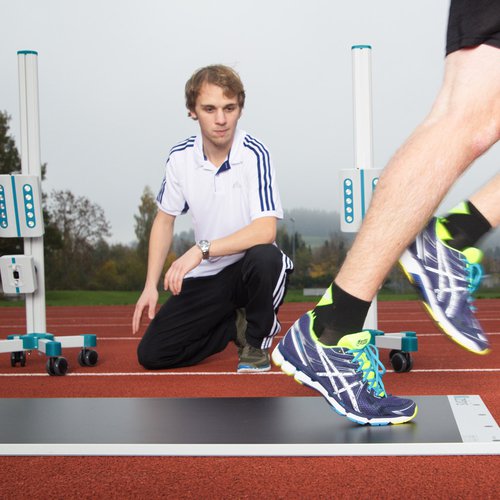
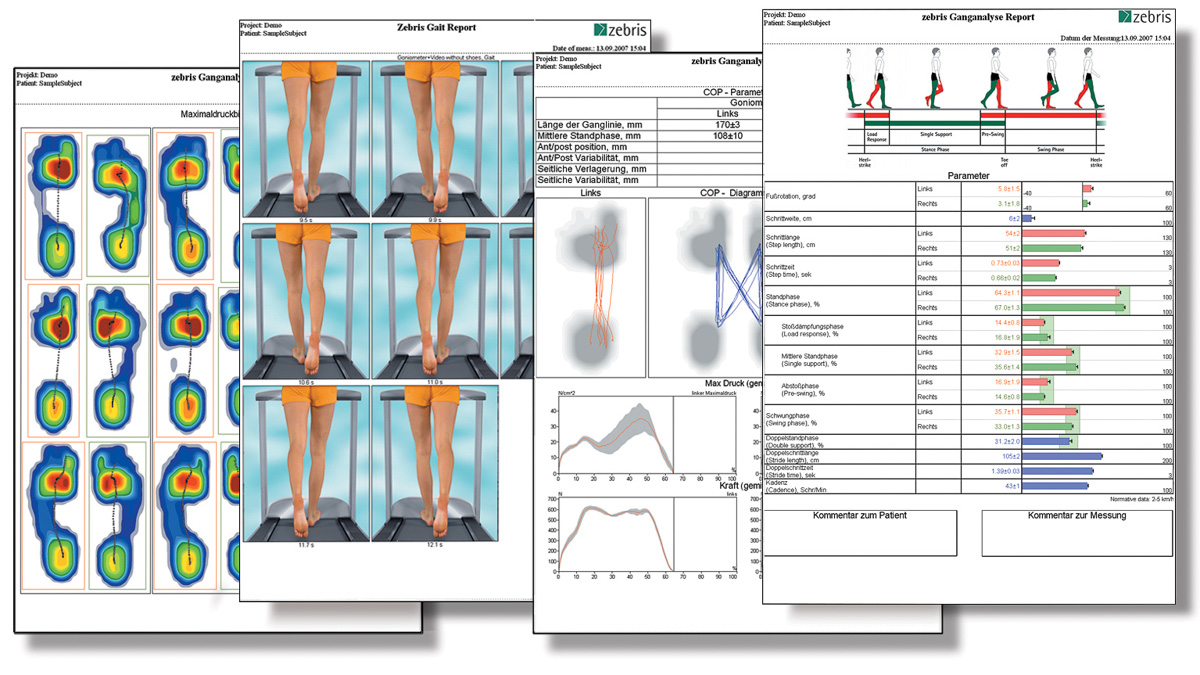

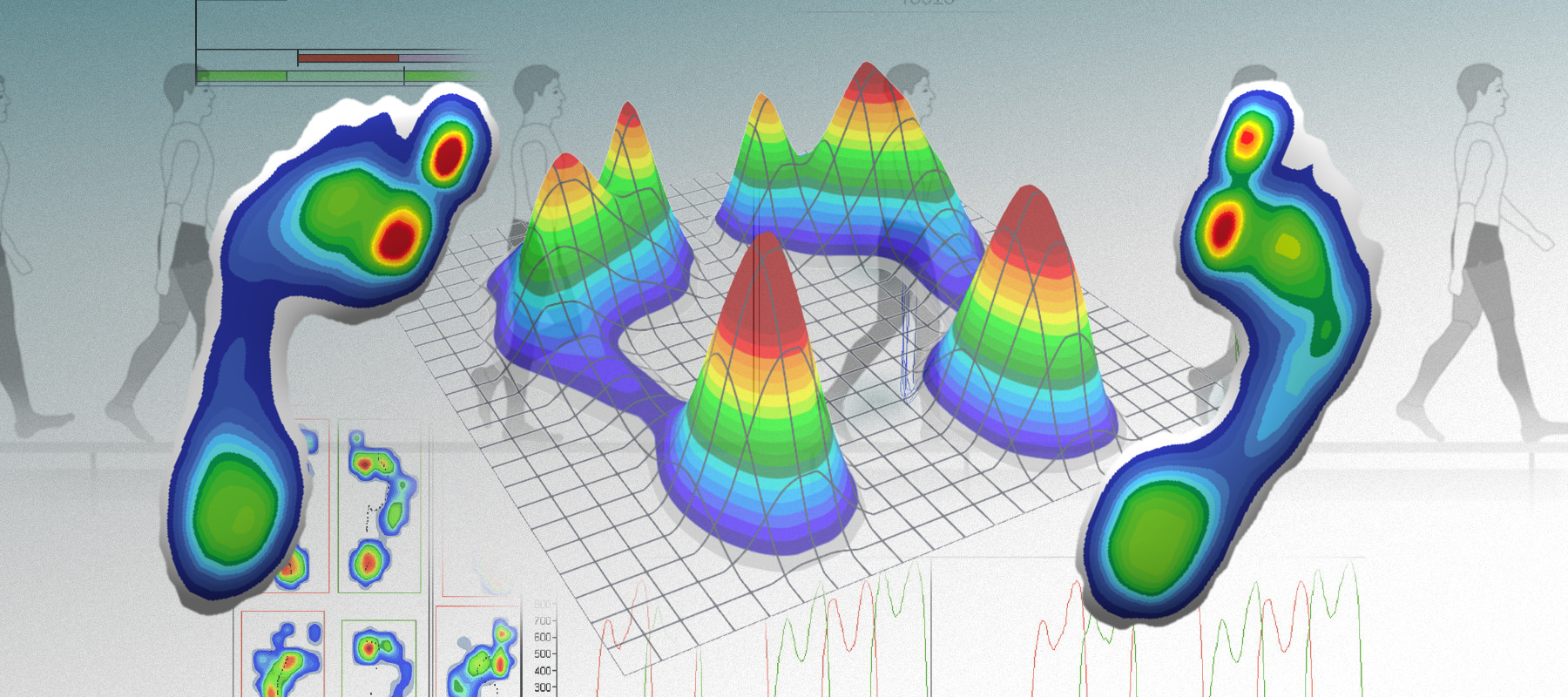








![[115-744-HM] FDM-T Gait Analysis System (Mercury [150/50])](https://flex14.prod.numigi.net/web/image/product.product/23935/image_512/%5B115-744-HM%5D%20FDM-T%20Gait%20Analysis%20System%20%28Mercury%20%5B150-50%5D%29?unique=384a178)